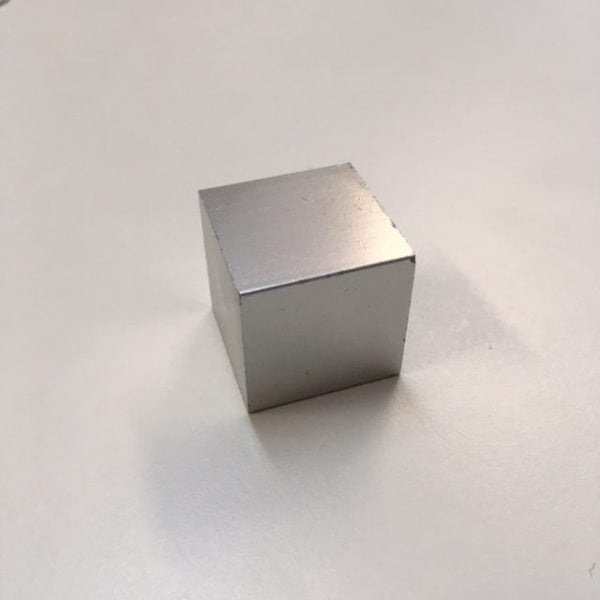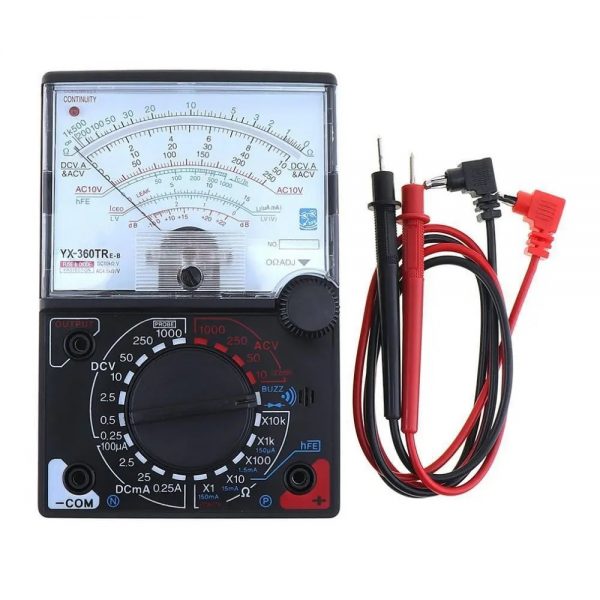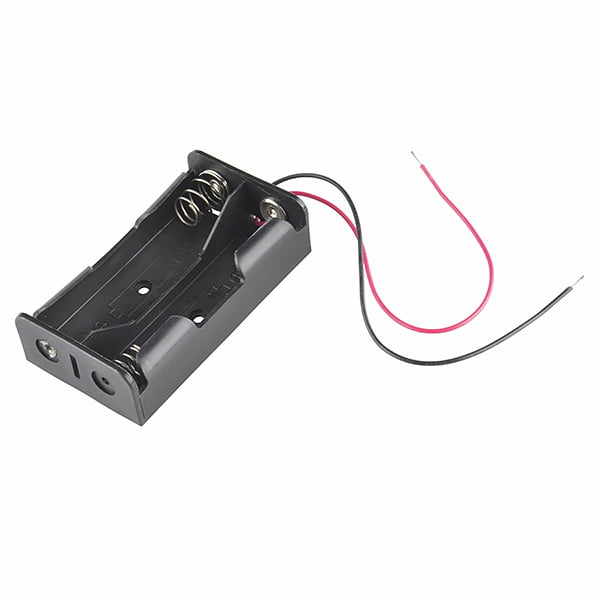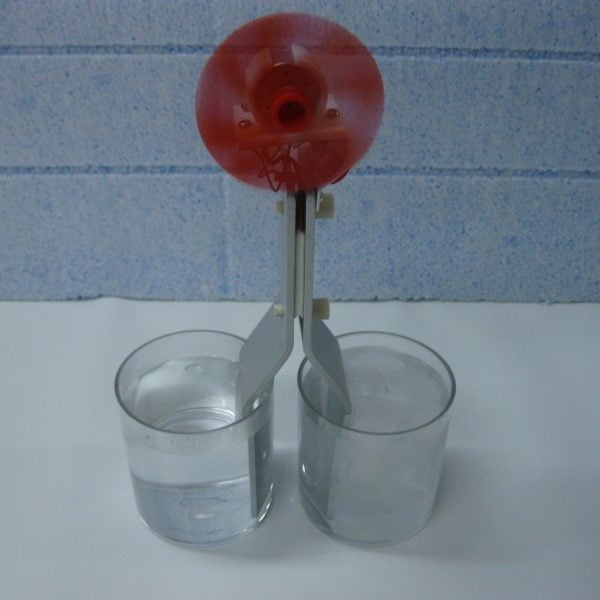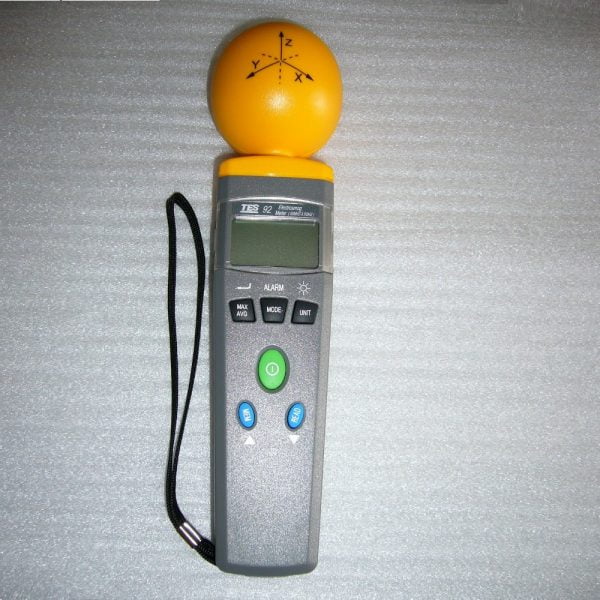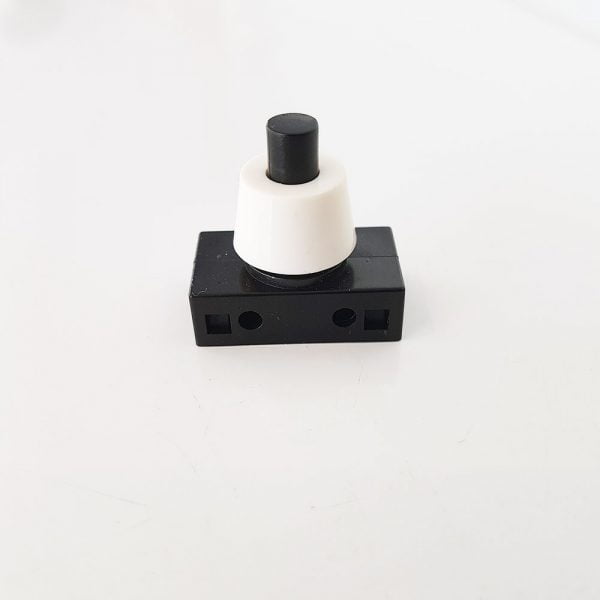Galvanometer Analog -35-0-35mV
Galvanometer Analog -35-0-35mV
Measuring Range: -35mV ~ 0 ~ 35mV
Accuracy: ±2.5%
Moving Coil Meters DC Type EDM-80. Square Clear acrylic front cover, fully enclosed.
Scale length 2.5″ (60 mm).
Overall size 5″ long, 3.5″ wide and 3.25″ tall.
Zero adjustment and connection terminals.
35 – 0 – 35 mV
Sensitivity 1mV/Div.


 Labdisc
Labdisc Botzees
Botzees Edison
Edison Telepresence Robot
Telepresence Robot DOBOT
DOBOT Keyestudio
Keyestudio Fischertechnik
Fischertechnik
